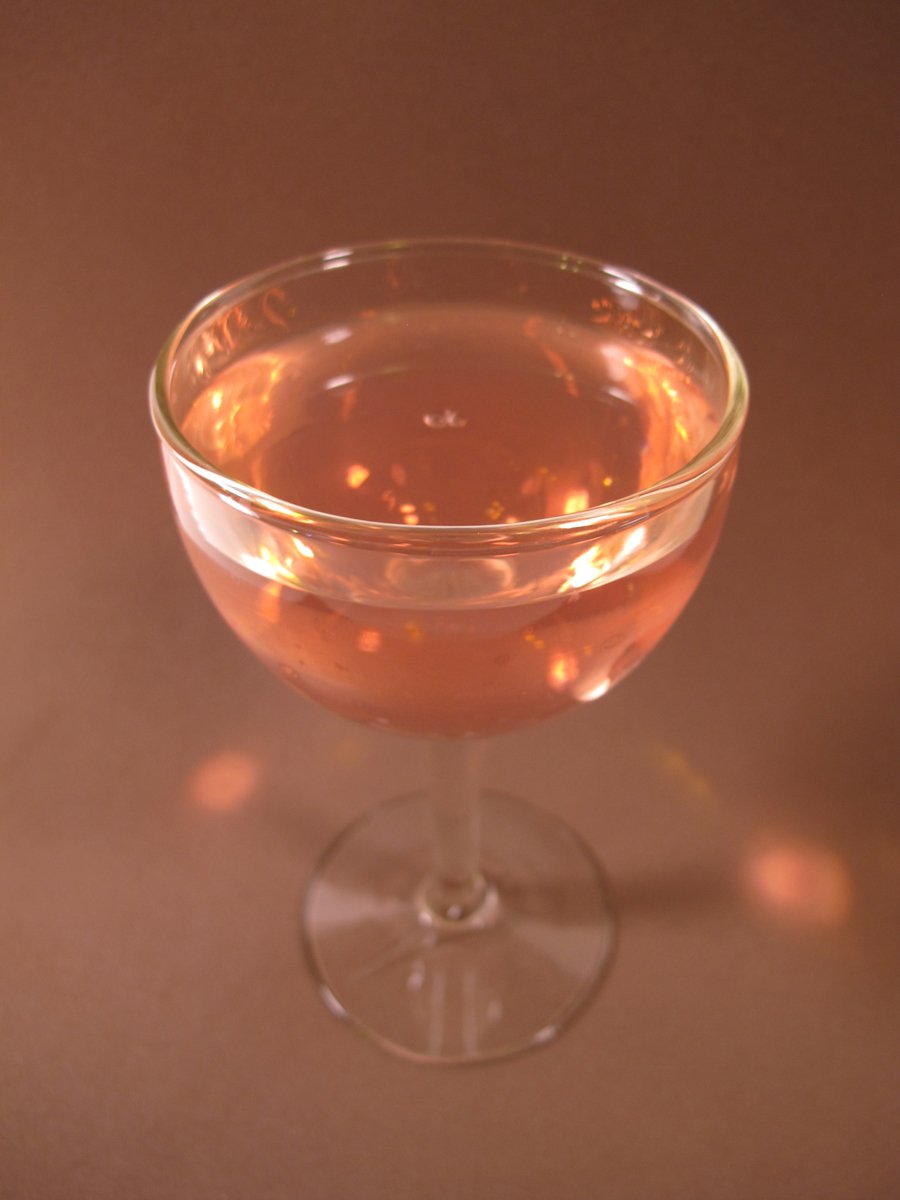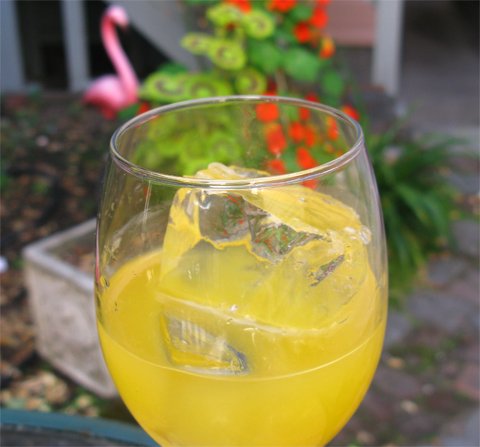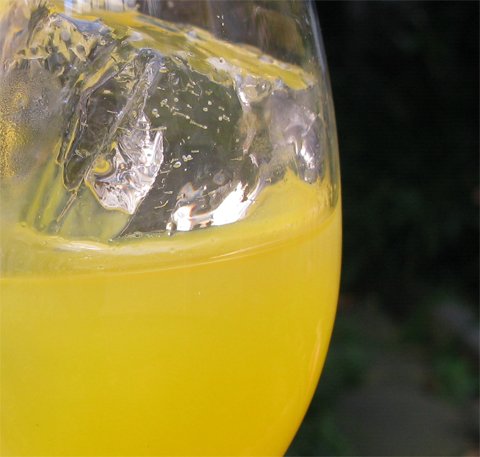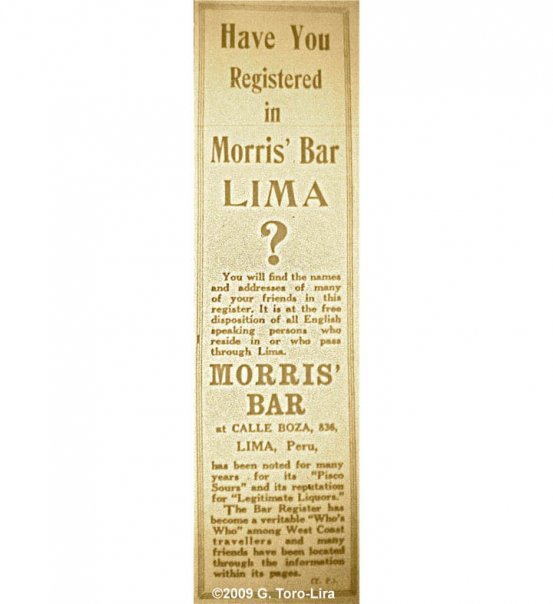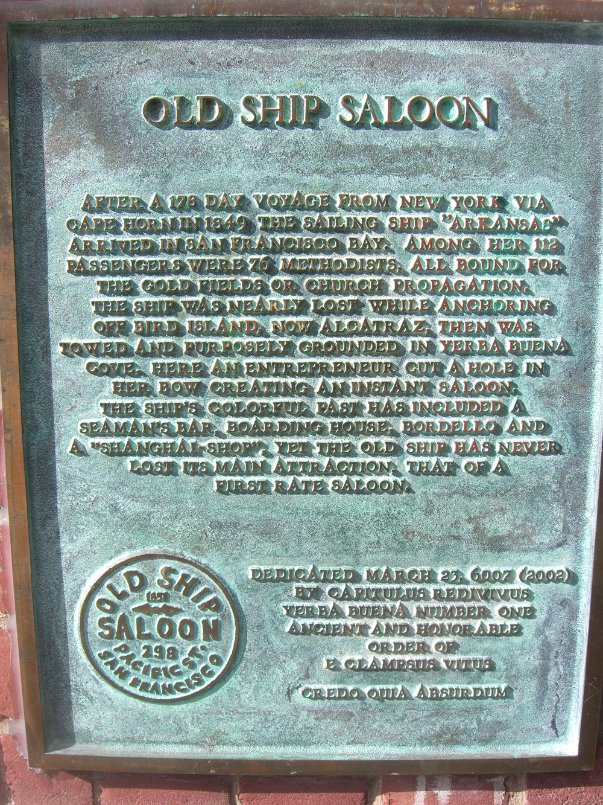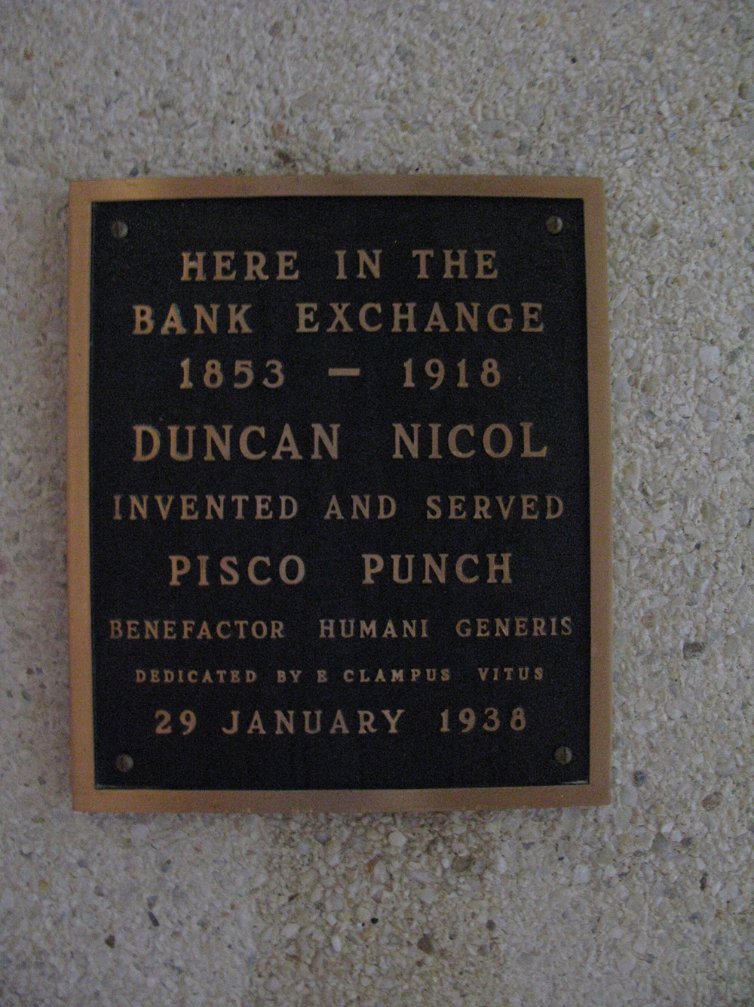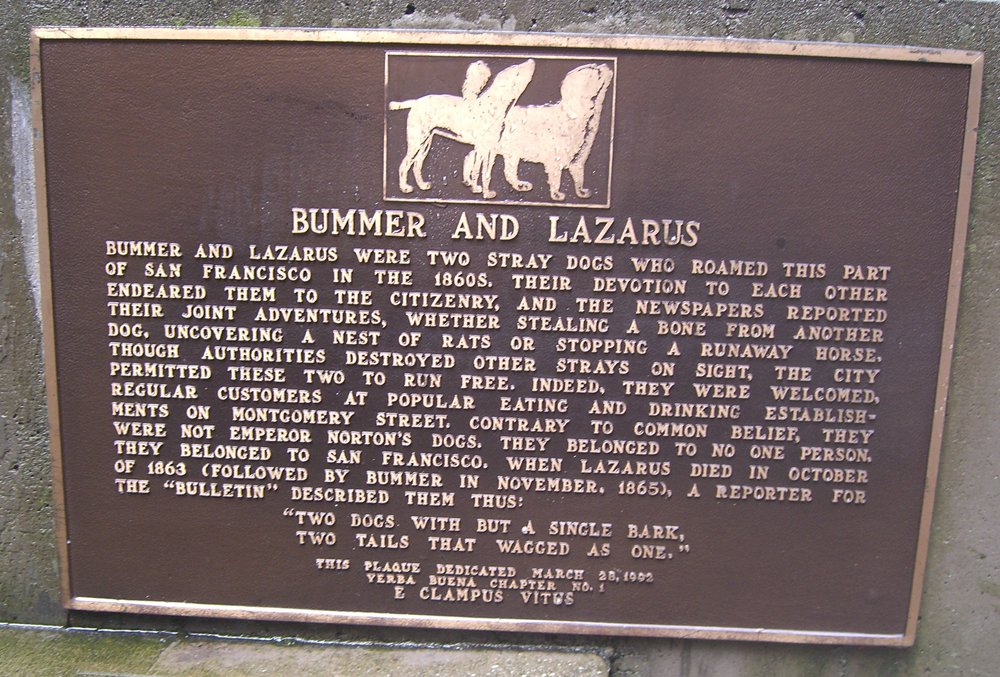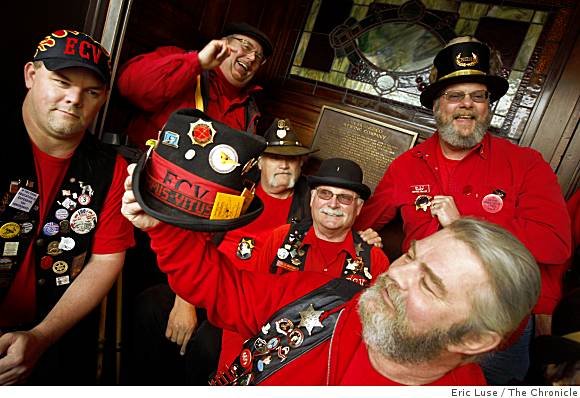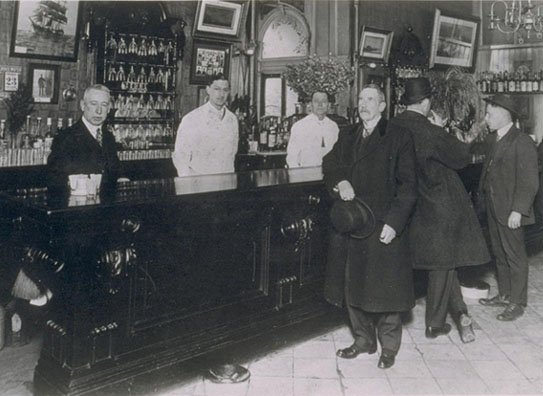Depending on where you look online, you'll find that there are either three or four categories of Peruvian pisco.This is confusing if you want to write about it.
The Problem
Some sites say that there are four types: Puro, Aromatico, Mosto Verde, and Acholado.
Others say three: Puro (which includes the four aromatic varietals of the Aromatico category above), Mosto Verde, and Acholado.
As far as I know, the national pisco association of Peru has no official information in English. And the two very official-looking websites above have different answers.
The Evidence
But in the process of trying to figure out how many types of pisco there are I think I also figured out why there is confusion. Or rather, I asked enough people who figured it out for me. Particular thanks go to pisco historian/author Guillermo Toro-Lira who scanned in the old laws so we can compare it to the new ones.
When the pisco norm (technical standard) was released in 1989, there were actually five approved categories of pisco. Toro-Lira scanned in the norm for us, which comes from the book: "Crónicas y Relaciones que se refieren al origen y virtudes del PISCO Bebida tradicional y patrimonio del Peró", Banco Latino, Lima Perú, 1990.
Here are the most relevant pages (click to enlarge) especially the second one. As you can see, the five categories are puro, mosto verde, aromatico, aromatizado, and acholado.
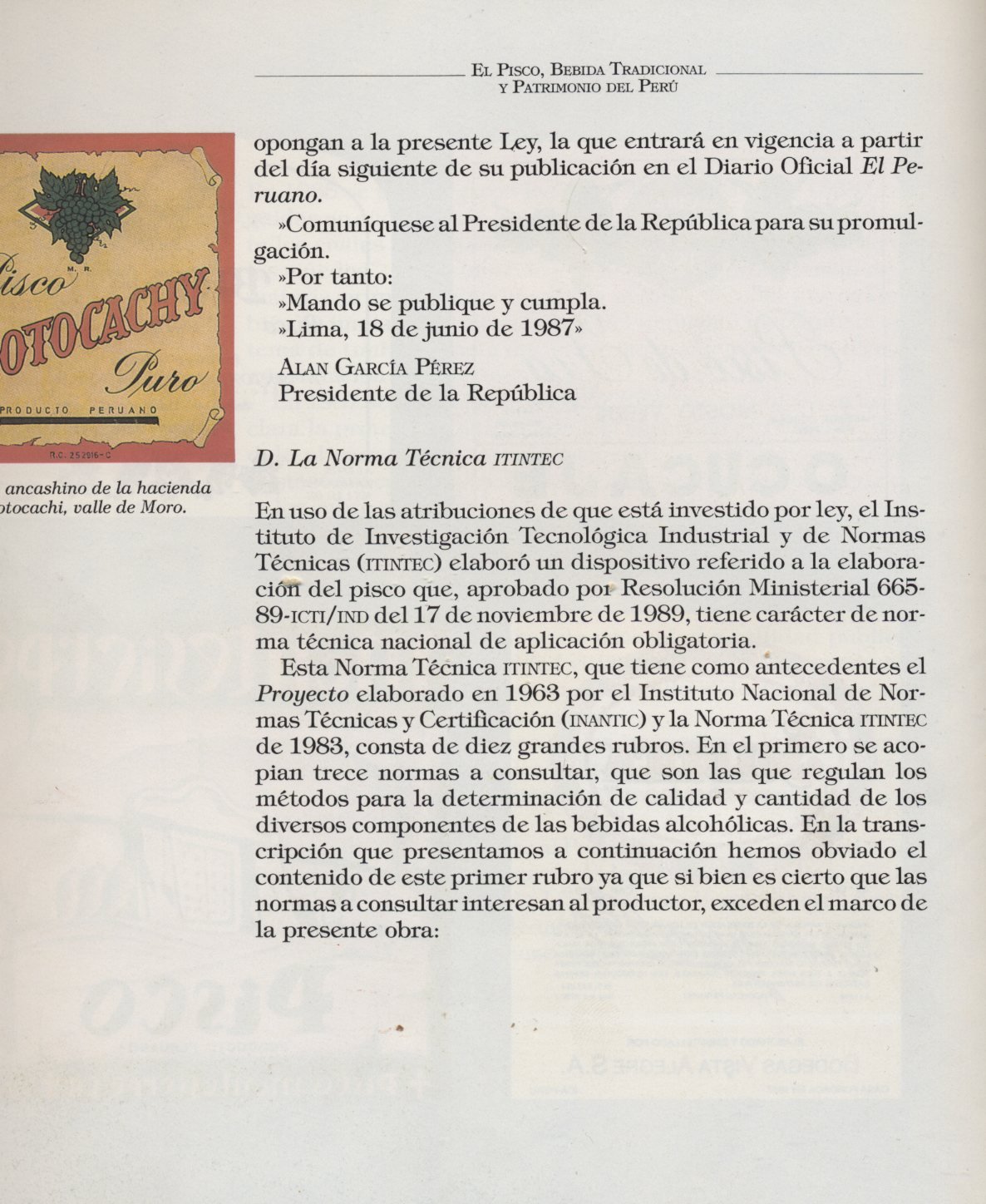
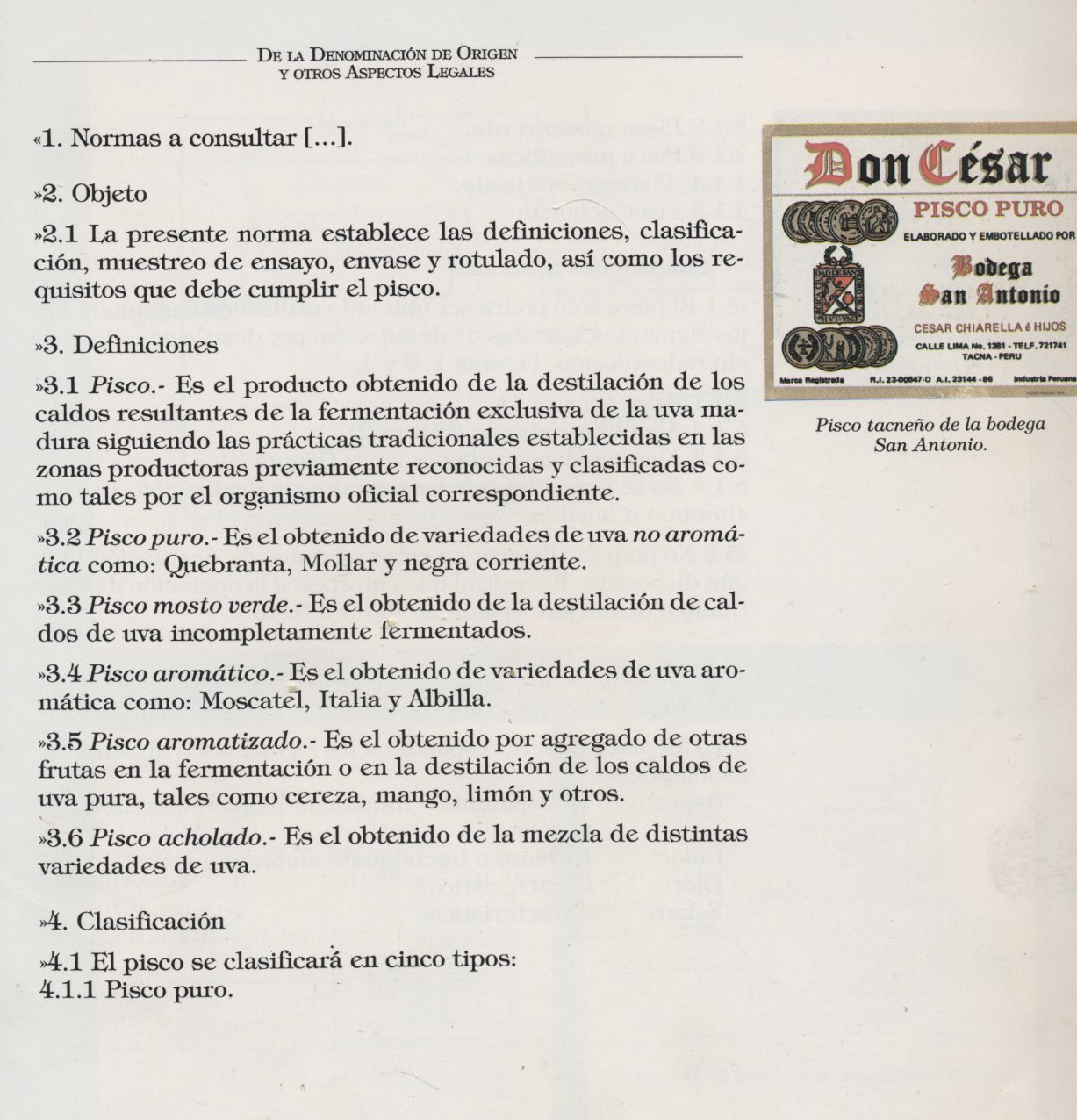
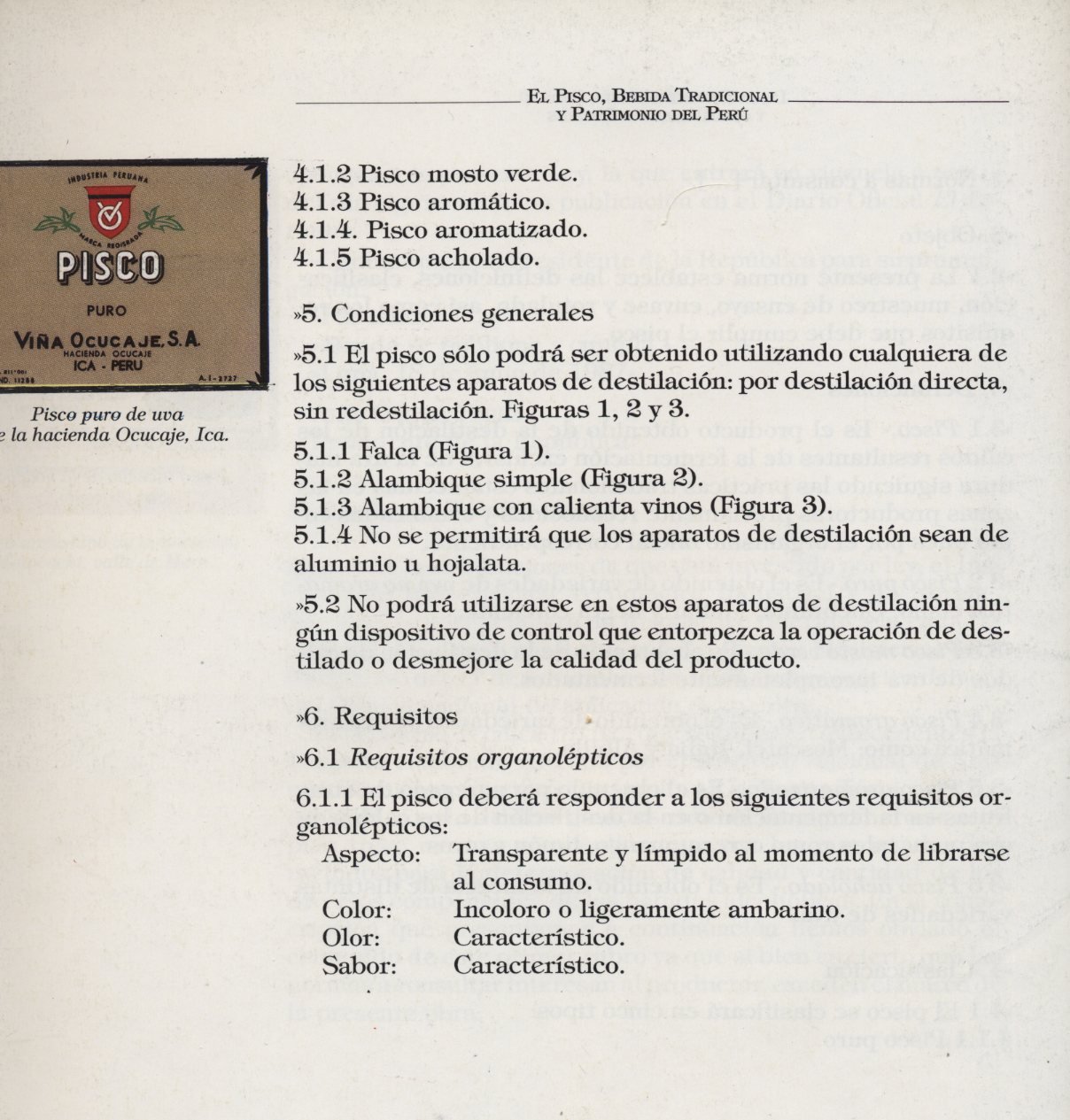
The aromatized category allowed for distilling or infusing other fruit into pisco.
But when the norm was updated in 2006 [PDF of it is here], there aromatizado category is gone (maybe that was eliminated between 1989 and 2006; not sure) and Aromatico and Puro are merged into Puro:
5. CLASIFICACIÓN
5.1 Pisco puro: Es el Pisco obtenido exclusivamente de una sola variedad de uva pisquera.
5.2 Pisco mosto verde: Es el Pisco obtenido de la destilación de mostos frescos de uvas pisqueras con fermentación interrumpida
5.3 Pisco acholado: Es el Pisco obtenido de la mezcla de:
– Uvas Pisqueras, aromáticas y/o no aromáticas.
– Mostos de uvas pisqueras aromáticas y/o no aromáticas.
– Mostos frescos completamente fermentados (vinos frescos) de uvas aromáticas y/o no aromáticas.
– Piscos provenientes de uvas pisqueras aromáticas y/o no aromáticas.
What looks to be fair translation of that is here.
The Answer
So, the current law as of 2006 is that there are three categories of Peruvian pisco. Seeing how the law changed, we can understand all the confusion.
https://www.elpiscoesdelperu.com/boletines/enero2008/NTP21100_Pisco.pdf
